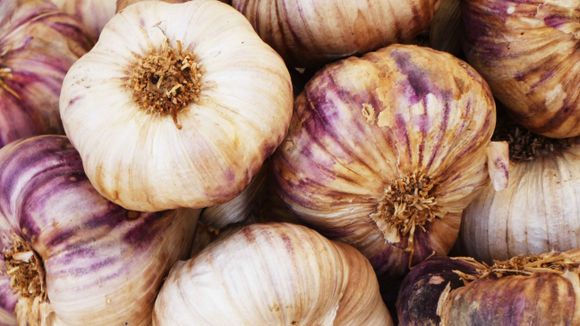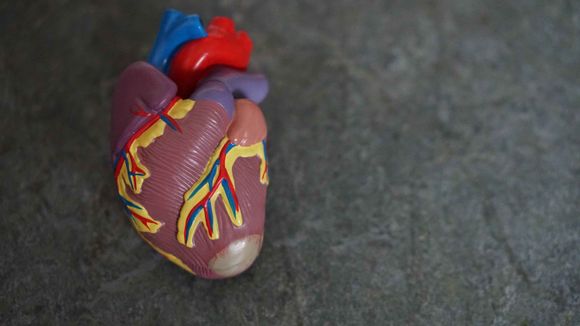Symptoms
Some of the common symptoms associated with a high platelet count include:
- Unexplained bruising or bleeding
- Fatigue
- Weakness
- Headaches
- Dizziness
- Blurred vision
- Chest pain or discomfort
- Blood clots
Causes of high platelet counts
High platelet counts can be caused by various diseases and conditions. Here, we delve deeper into these causes:
1. Essential thrombocythemia (ET)
- A rare chronic blood disorder characterized by the overproduction of platelets in the bone marrow
- It can lead to increased blood clotting or bleeding complications
- The exact cause of ET is unknown, but genetic mutations (such as JAK2, CALR, and MPL mutations) are often associated with the condition
- Consult a hematologist for diagnosis and treatment; treatment options may include low-dose aspirin, hydroxyurea, or anagrelide
2. True polycythemia (PV)
- A slow-growing blood cancer that causes an overproduction of blood cells, including red blood cells, white blood cells, and platelets
- PV thickens the blood, increasing the risk of blood clots, heart attacks, and strokes
- It is usually caused by a genetic mutation in the JAK2 gene
- Consult a hematologist for diagnosis and treatment; treatment may involve phlebotomy, low-dose aspirin, or hydroxyurea
3. Chronic myeloid leukemia (CML)
- A type of blood cancer that originates in the bone marrow and affects white blood cells (granulocytes), which can lead to increased platelet production
- The condition is caused by the formation of an abnormal chromosome called the Philadelphia chromosome, resulting from a gene fusion between BCR and ABL genes
- Consult a hematologist for diagnosis and treatment; treatment options include targeted therapies like tyrosine kinase inhibitors (e.g., imatinib, dasatinib, and nilotinib)
4. Primary Myelofibrosis (PMF)
- A rare bone marrow disorder characterized by the replacement of healthy bone marrow tissue with fibrous scar tissue, leading to reduced blood cell production, including platelets
- In some cases, the body may compensate by producing excess platelets in other organs, such as the liver and spleen
- PMF is often linked to genetic mutations, such as JAK2, CALR, and MPL mutations
- Consult a hematologist for diagnosis and treatment; treatment may include blood transfusions, targeted therapies, or stem cell transplantation
5. Secondary thrombocytosis
- A temporary increase in platelet count due to infections, inflammation, or other medical conditions
- Some common underlying causes include iron deficiency anemia, inflammatory bowel disease, rheumatoid arthritis, and cancer
- Consult a primary care physician or specialist based on the underlying cause; treatment focuses on addressing the root cause of the condition

Photo by Hush Naidoo Jade Photography on Unsplash
6. Reactive thrombocytosis
- An increase in platelet count as a response to specific triggers such as surgery, trauma, or significant blood loss
- The body produces more platelets to aid in the healing process
- Typically, the platelet count returns to normal levels once the triggering factor is resolved
7. Splenectomy
- Surgical removal of the spleen, an organ that plays a role in filtering and destroying old blood cells, including platelets
- After splenectomy, platelet count may temporarily increase as the spleen no longer removes excess platelets from the bloodstream
- The platelet count usually stabilizes within a few weeks to months after surgery; consult with your surgeon or primary care physician for follow-up care
8. Infections
- Bacterial, viral, or parasitic infections can sometimes cause an increase in platelet count as the body's immune response triggers platelet production
- Common infections associated with high platelet count include tuberculosis, HIV, and Helicobacter pylori (H. pylori) infection
- Consult an infectious disease specialist or primary care physician for diagnosis and treatment; addressing the infection should help normalize platelet levels
9. Iron deficiency anemia
- A condition characterized by a lack of healthy red blood cells due to insufficient iron levels
- Iron deficiency anemia can cause an increase in platelet count as the body tries to compensate for the reduced oxygen-carrying capacity of the blood
- Consult a primary care physician or hematologist for diagnosis and treatment; treatment typically involves iron supplementation and dietary modifications
10. Stress and inflammation
- Physical or emotional stress and inflammation can cause an increase in platelet count, as certain inflammatory proteins stimulate platelet production
- Chronic inflammatory conditions, such as rheumatoid arthritis or lupus, may contribute to high platelet count
- Consult a primary care physician or specialist for diagnosis and treatment; managing stress and inflammation may help normalize platelet levels
Medications that can cause high platelet counts
Certain drugs may cause an elevated platelet count, such as:
- Hormone replacement therapy
- Birth control pills
- Iron supplements
- Antidepressants

Photo by Nick Fewings on Unsplash
Herbal and natural remedies
There are several herbs that may help regulate platelet count and promote overall health:
1. Ginkgo biloba (Ginkgo biloba)
- May improve blood circulation and reduce the risk of clot formation
- General health benefits: boosts memory, cognitive function, and antioxidant properties
2. Garlic (Allium sativum)
- May help prevent blood clot formation by reducing platelet aggregation
- General health benefits: lowers blood pressure, cholesterol, and supports immune function
3. Turmeric (Curcuma longa)
- May reduce inflammation and blood clotting by inhibiting platelet aggregation
- General health benefits: anti-inflammatory, antioxidant, and promotes liver health
Lifestyle changes
To prevent high platelet count, consider making the following lifestyle changes:
- Eat a balanced diet rich in fruits, vegetables, and whole grains
- Maintain a healthy weight
- Exercise regularly
- Limit alcohol consumption
- Manage stress levels
- Get regular check-ups and follow your doctor's advice
Questions and Answers
Below are ten frequently asked questions that are not covered in the article:
Q: What is the normal range for platelet count?
A: The normal range for platelet count is typically between 150,000 and 450,000 platelets per microliter of blood.
Q: Can high platelet count be genetic?
A: Yes, certain genetic mutations can predispose individuals to develop high platelet counts.
Q: How is high platelet count diagnosed?
A: High platelet count is usually diagnosed through a complete blood count (CBC) test, which measures the number of blood cells, including platelets, in a blood sample.
Q: Can stress cause a high platelet count?
A: Although stress can indirectly affect platelet count by causing inflammation, it is not a direct cause of high platelet count.
Q: Can a high platelet count cause a stroke or heart attack?
A: Yes, high platelet count increases the risk of blood clot formation, which can potentially lead to a stroke or heart attack.

Photo by Robina Weermeijer on Unsplash
Q: Can exercise help reduce high platelet count?
A: Regular exercise can improve overall health and may help manage certain conditions that contribute to high platelet count, but it's essential to consult with your doctor before starting any exercise program.
Q: How often should I monitor my platelet count?
A: The frequency of monitoring your platelet count depends on the underlying cause and your doctor's recommendations. It may vary from once every few months to more frequent checks.
Q: Are there any dietary recommendations for managing high platelet count?
A: A balanced diet rich in fruits, vegetables, whole grains, lean proteins, and healthy fats can help support overall health and may contribute to better management of high platelet count. Consult with your doctor or a registered dietitian for personalized advice.
Q: Can high platelet count be temporary?
A: Yes, high platelet count can be temporary, especially in cases of secondary thrombocytosis, where the cause is related to an infection, inflammation, or other medical conditions.
Q: Can a high platelet count return to normal levels without treatment?
A: It depends on the underlying cause. In some cases, such as secondary thrombocytosis, platelet count may return to normal levels once the underlying condition is resolved. However, for other conditions like essential thrombocythemia, medical intervention may be necessary to manage the platelet count.









